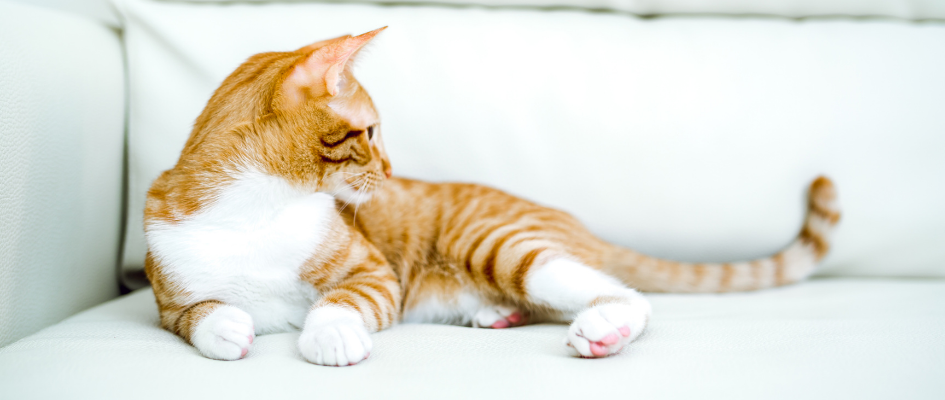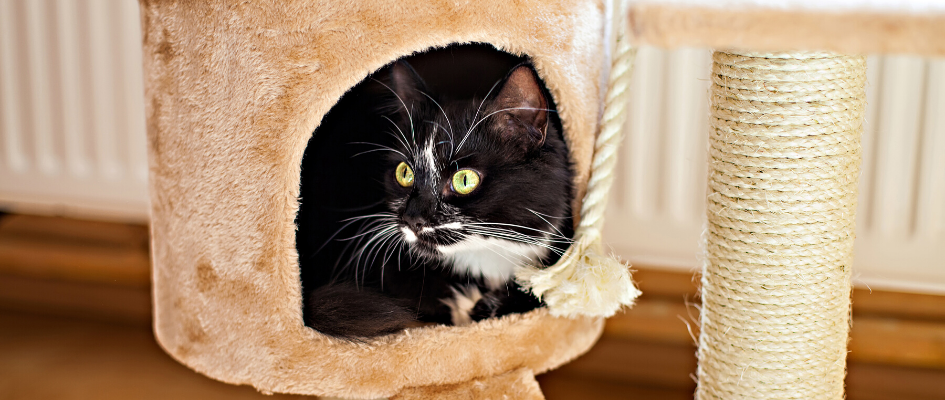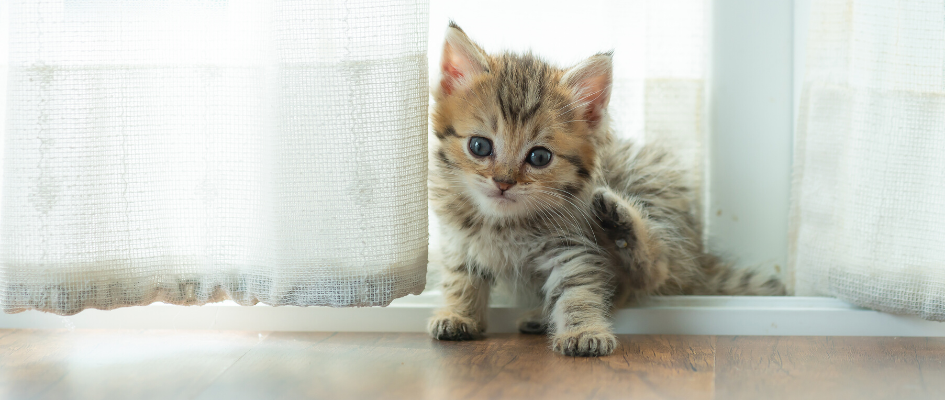Pet Travel in 2021 Guide
Travelling with your pet can be a great experience and removes the need for leaving them with family or finding alternatives for the duration of your trip. Taking your pet abroad also means that you can enjoy their company as if you were at home to get the most out of your time.
If you are wanting to take your pet with you there a few things you need to do beforehand. Our handy guide to getting your pet travel documents will give you everything you need to ensure your pet can pack their beach towel and join you abroad.
What is happening with pet passports?
A pet passport was a legal document not too dissimilar to the one we use which was valid for travel prior to January 1st 2021. The document noted important information about you and your pet, providing evidence they were healthy and fit to travel. Since 1st January 2021, pet passports have been replaced by Animal Health Certificates and UK issued pet passports are no longer valid. However, if your pet has previously been issued with a Pet Passport then please retain it as it contains valuable information on previous rabies vaccination and microchip identification.
Pet travel after Brexit
Travel to EU Countries and Northern Ireland:
Previously you could take your pet to and from the UK to EU countries providing certain criteria were met, such as holding a pet passport and being microchipped for easy identification.
Great Britain (England, Scotland and Wales), including the Channel Islands and the Isle of Man, have become a Part 2 listed third country under the EU Pet Travel Scheme, effective from 1st January 2021 and your new Animal Health Certificate (in replacement of a pet passport) will allow your pet to re-enter the UK.
While that may sound confusing the basic elements remain in place. It requires an animal travelling to hold an Animal Health Certificate, with a new certificate required for each time of travel. It must be obtained within 10 days of travelling and will allow one journey to the EU, onward journeys within the EU and return to the UK within a 4-month period.
Before returning to the UK, any dogs in your party will need to have a worming tablet administered by a vet in the country you are travelling back from, given 1-5 days before re-entry to the UK. This is to prevent a type of tapeworm (Echinococcus multilocularis) that can infect humans from being brought into this country by infected dogs, and it will need to be noted in their new Animal Health Certificate. If you are taking your dog to Ireland, Northern Ireland, Finland, Norway, or Malta, they will need worm treatment 1-5 days before they leave the UK.
As with the previous passports, Animal Health Certificates can only be issued by Official Veterinarians (OVs). When booking your appointment make sure our team knows you need an Animal Health Certificate, and you will be allocated on OV to issue your documents
Travel to Non-EU countries:
As with most travel regulations, rules have changed since the beginning of the year due to Brexit. You will need to check the regulations on what country you would like to visit with your pet as some of the requirements will differ, and you may need to take more time to plan accordingly — in particular, unlisted non-EU countries such as Australia or New Zealand have a very strict disease control policy in place and your pet may have to stay in quarantine on arrival. If travelling to countries outside the EU, an Export Health Certificate may be required. Please see the UK Government Website for information on the EHC requirements and always check with your country of destination on their importing requirements.
How do I get an Animal Health Certificate?
British Official Veterinarians can no longer issue pet passports or make an entry in an EU, Irish or NI-issued pet passport with the exception of tapeworm or clinical examination details. To obtain a new Animal Health Certificate, in replacement of a pet passport, you will need to book an appointment with one of our vets. Check that the vet you will be seeing has OV (Official Veterinarian) status to legally provide an Animal Health Certificate and will be available on the day of your appointment. Most of our vets do have this qualification (which they must renew periodically) but please do make sure that our receptionists are aware that you will need certain documents that only they can sign.
Animal Health Certificate Criteria
Your pet will receive a full health check to ensure that they have no health concerns and are fit to be granted an Animal Health Certificate to travel. They must be over the age of 15-16 weeks (this varies between EU countries) at the time of travelling; this is to help prevent illegal movement of puppies and kittens and must not be travelling for commercial reasons such as buying or selling a pet.
Hopefully, your pet is already microchipped (it is UK law to have your dog microchipped), but if not, they will need one placed in the scruff of their neck for identification purposed. The number will be recorded in their Animal Health Certificate, along with a written description of them.
Your pet will then need to have a vaccination against Rabies. If the vaccination is given in the UK, it usually lasts 3 years before they require a booster. However, the vaccine can take a few weeks to become fully effective. As a result, your pet cannot travel to EU countries until 21 days after the Rabies vaccination, return to the UK until 21 days have passed after having the rabies vaccination when travelling from EU and listed countries. This means it is sensible to get everything done at least a month or more in advance of your planned trip. If you are travelling further abroad, you may need to prepare months in advance of travel.
You also need to consider that your pet will be required to travel via an approved transport route and with an approved company. Additionally, you will have to travel with them – if this is not possible, you will need additional paperwork to allow another person to accompany them.
We strongly advise that you research the potential parasite and disease threats in the country you are travelling to, to ensure your pets are protected. For most countries, tick cover would be strongly recommended as they carry several significant diseases; in southern Europe, dogs should also have sandfly protection to reduce the risk of heartworm and Leishmaniasis.
Failure to meet regulations could result in your pet being quarantined on returning to the UK – which could potentially be months, so do check the gov.uk website for the most up-to-date information.
Need more advice? Give us a ring and we will be able to point you in the right direction!




